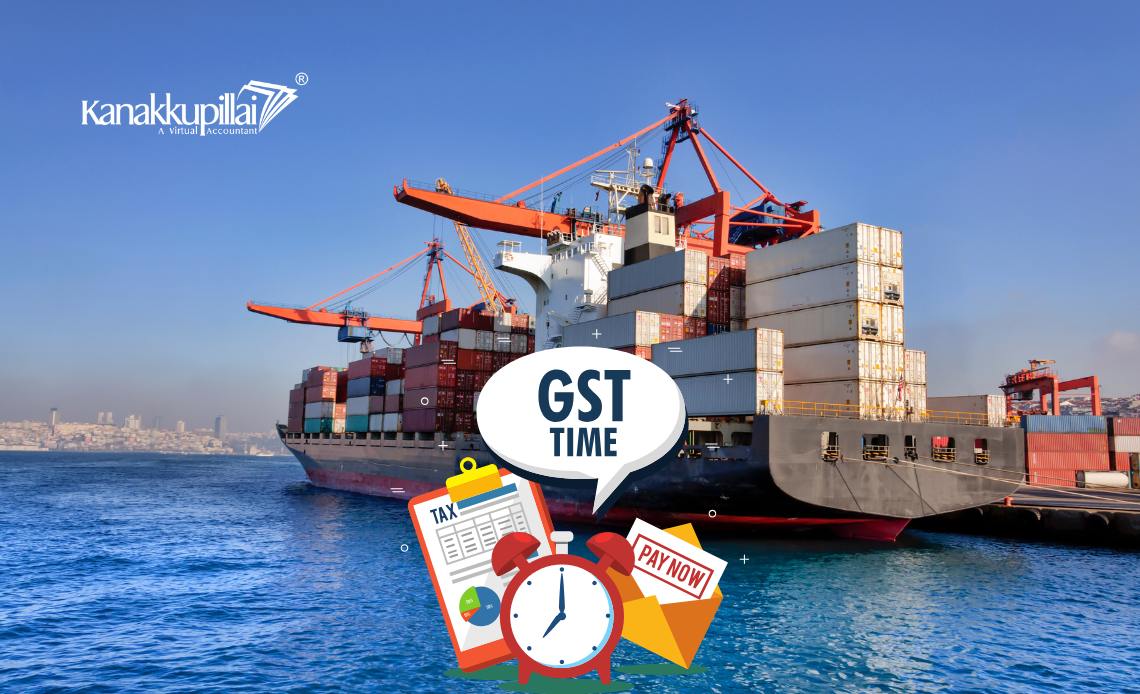A Letter of Undertaking (LUT) is a critical document for Indian exporters, enabling them to export goods and services without the payment of Integrated GST (IGST). Submission of a LUT is compulsory under Rule 96A of the CGST Rules, 2017, for companies that want to export without paying advance taxes.
After filing an LUT on the GST portal, it has to be downloaded and saved as evidence for compliance purposes as well as for future reference. Exporters, however, experience problems in accessing the GST portal and downloading their LUT documents.
This blog offers a step-by-step guide to downloading an LUT from the GST portal in a hassle-free manner for taxpayers.
Introduction
Under India’s GST system, businesses undertaking exports or supply to Special Economic Zones (SEZs) without payment of tax are required to provide a Letter of Undertaking (LUT). The LUT serves as an undertaking by the exporter that they will adhere to GST laws and assures they will be paying IGST if they don’t fulfil the conditions laid down.
After a successful filing and approval of an LUT by the GST department, it is important to download and preserve a copy as a record. This document could be needed at the time of GST audits, refund claims, or while communicating with customs officers.
Although LUT is very crucial, it is hard for most business people and tax experts to find and download approved LUT on the GST portal. This guide makes it easier, describing each stage in detail so that taxpayers can retrieve and save their LUT with ease for purpose of compliance.
Step-by-Step Procedure to Download LUT from GST Portal
It is an easy process to download the Letter of Undertaking (LUT) from the GST portal, but most businesses find it difficult because they are not familiar with navigating the portal. The proper procedure guarantees that you are able to download your approved LUT without delay or error.
The following is a step-by-step guide to assist you in accessing and downloading your LUT from the GST portal.
-
Go to the GST Portal
To start the process, launch a web browser and navigate to the official GST portal at www.gst.gov.in.
-
Login to Your GST Account
Once you are on the GST portal home page, find the “Login” button at the top right side of the screen. Click on it, and you will be taken to the login page. There, enter your Password and Username, along with the captcha code shown on the screen. Once you have entered the credentials, click the “LOGIN” button to enter your GST dashboard.
If you have lost your password, you can re-establish it by clicking on the “Forgot Password” link.
-
Go to the LUT Section
Once you log in, you will be directed to the GST dashboard, which has several options pertaining to GST compliance. Gaze at the top menu bar and move the cursor on the “Services” tab. Select “User Services” from the dropdown menu that will appear.
Under the User Services, you can find a list of options that pertain to GST compliance and filings. Go to “View My Submitted LUTs”, which will lead you to a separate page where all your past-submitted LUTs are retained.
-
Choose the Financial Year
On the “View My Submitted LUTs” page, you can view a list of all LUTs submitted by your business. The LUTs are divided according to the financial year when they were submitted. If your business has been in operation for several years, you might have several LUT records.
Carefully choose the right financial year for which you wish to download the LUT. You might be uncertain about the filing year; cross-check your records to download the right document.
-
View and Download the LUT
After you have chosen the correct financial year, the system will show you details of the LUT filed for that year. You will find an option called “View” alongside the LUT entry. Click on this option to view the document.
Before downloading, check for a moment the LUT details that appear on the screen. Check that the GSTIN, name of the business, date of submission, and status of approval are all correct. If all of this looks correct, you may download the document.
Look for the “Download” button, usually located at the top or bottom of the LUT document page. Clicking this button will save the LUT to your device in PDF format. Make sure that the file is saved in a safe location for easy access in the future.
Why is Downloading LUT Important?
Download and store the approved LUT is essential for several reasons-
- Compliance Proof: The GST officials may ask you for a copy of the LUT during audit or assessment. Storing the downloaded version assures you that you will be able to produce it whenever needed.
- Ease of Export Procedure: A downloaded LUT is evidence that you have duly filled the document, preventing unnecessary customs clearance and tax filing delays.
- GST Refund Required: Companies eligible for GST refund on input tax credit (ITC) on exports need to submit a replica of a valid LUT with their refund.
- Prevention of Penalties: Failure to give or maintain a copy of the LUT can result in fines or legal issues at the time of taxation.
Conclusion
Downloading an authorized LUT from the GST portal is an important step for businesses involved in export of goods & services without payment of IGST. The step-by-step process explained in this blog assists taxpayers in easily navigating the GST portal, locating their filed LUT, and downloading it for compliance.
By having a copy of the LUT, companies can prevent compliance problems, expedite customs clearance, and procedurally claim GST refunds. Having the LUT easily available and renewed each year will enable exporters to conduct their business efficiently and remain within the boundaries of the law.
For exporters who regularly engage in international trade, having current knowledge of GST rules and documents in place is essential to ensure that their business is conducted smoothly.
Reference





